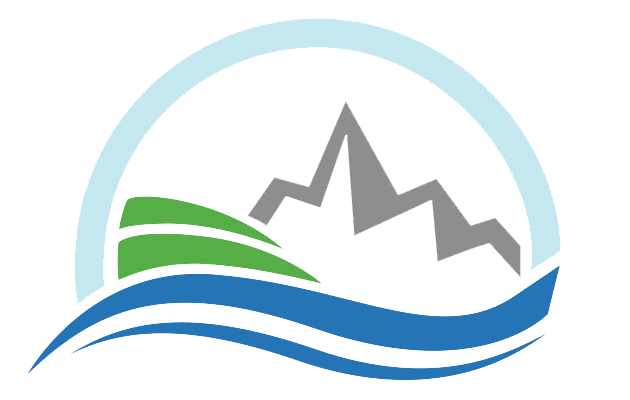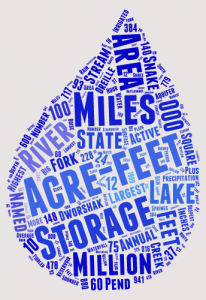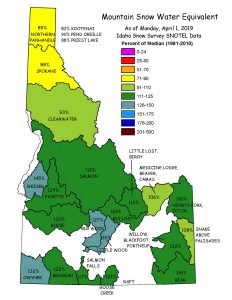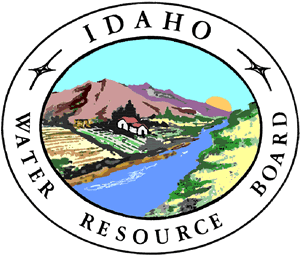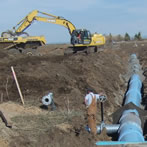ESPA Modeling Tools
- Cumulative Review of ESPA Transfers between 2012 and 2024 – December 2024
- Cumulative Review Supporting Documents– December 2024
- Cumulative Review of ESPA Transfers between 2012 and 2023 – May 2024
- Cumulative Review Supporting Documents– May 2024
- Cumulative Review of ESPA Transfers between 2012 and 2022 – May 2023
- Cumulative Review Supporting Documents – May 2023
- Cumulative Review of ESPA Transfers between 2012 and 2021 – March 2022
- Cumulative Review Supporting Documents – March 2022
- Cumulative Review of ESPA Transfers between 2012 and 2020 – April 2021
- Cumulative Review Supporting Documents – April 2021
- Cumulative Review of ESPA Transfers between 2012 and 2019 – June 2020
- Cumulative Review supporting documents – June 2020
- Review of the Cumulative Effects of ESPA Transfers – September 12, 2019
- Cumulative Impacts of ESPA Transfers – March 28, 2019
UPDATE
The ESPA Modeling Tool ETRAN 3.3 was recently updated to ETRAN 3.4. The difference in user interface functionality between ETRAN 3.3 and the updated ETRAN 3.4 is negligible— the updated version executes ESPAM Version 2.2 MODFLOW files instead of ESPAM Version 2.1 files. ESPAM Version 2.2 superseded ESPAM Version 2.1 in May 2021. The calibration of ESPAM Version 2.2 incorporated groundwater flow modeling improvements to the representation of aquifer interaction with the Snake River in the Heise to Shelley, near Blackfoot to Neeley, and Neeley to Minidoka reaches, and the extension of the calibration period to include water years 2009 through 2018. ESPAM Version 2.2 is accepted as the best available science. Incorporating ESPAM Version 2.2 into the ETRAN 3.4 tool provides the water management community a common way to use the best available science to analyze the hydrologic impacts of new water right applications, transfers, and Water Supply Bank rentals within the ESPA. For a complete list of previous updates between versions, see the ESPAM22readme.txt file inside the zipped folder download.
IDWR will accept modeling completed in ETRAN 3.3 or ETRAN 3.4 until May 1st, 2022. In an effort to direct users to the latest version, ETRAN 3.3 is no longer available on this website. IDWR no longer accepts modeling completed with ETRAN 3.2. If you have an extenuating need to obtain a copy of ETRAN 3.2 or ETRAN 3.3, please contact us.
How to use the ESPA Modeling Tools
- Locate and identify your grid cells.
Use IDWR’s interactive map server to identify ESPA model grid cells for use in the next step. - Run the model.
The ESPA Model Transfer spreadsheet was designed for individuals with little experience using groundwater modeling software. Download the zipped folder, open the ETransfer spreadsheet, and then add your inputs to the Data Entry tab. Be sure to read the data entry notes in green before running the model. Once you run the model, copy the data at the bottom of the Calculated Effects tab and place the data into the Mitigation Analysis spreadsheet. - Analyze the results.
The ESPA Mitigation Analysis spreadsheet is compatible with the ESPA Model Transfer spreadsheet. Use the ESPA Mitigation Analysis spreadsheet to analyze depletions to 11 reaches of the Snake River. Compare the model results of your proposal with IDWR’s mitigation threshold values to determine of mitigation will be necessary.
Additional Information
- ESPA Model Transfer User’s Manual
This manual describes how to use the ESPA Model Transfer spreadsheet to analyze the effects of proposed groundwater transfers on the flows of the Snake River. The manual was written for ETRAN 3.1, but it is equally applicable to ETRAN 3.4. - Discussion of the Use of the Transfer Tool and Performing Mitigation Analysis Associated with Various Water Right Processes
This document summarizes some of the basic capabilities of the ESPA Model Transfer spreadsheet as well as the analysis methods used by IDWR in the Mitigation Analysis spreadsheet. - IDWR will accept modeling completed in ETRAN 3.3 or ETRAN 3.4. In an effort to direct users to the latest version, ETRAN 3.3 is no longer available on this website. IDWR no longer accepts modeling completed with ETRAN 3.2. If you have an extenuating need to obtain a copy of ETRAN 3.2 or ETRAN 3.3, please contact us.

